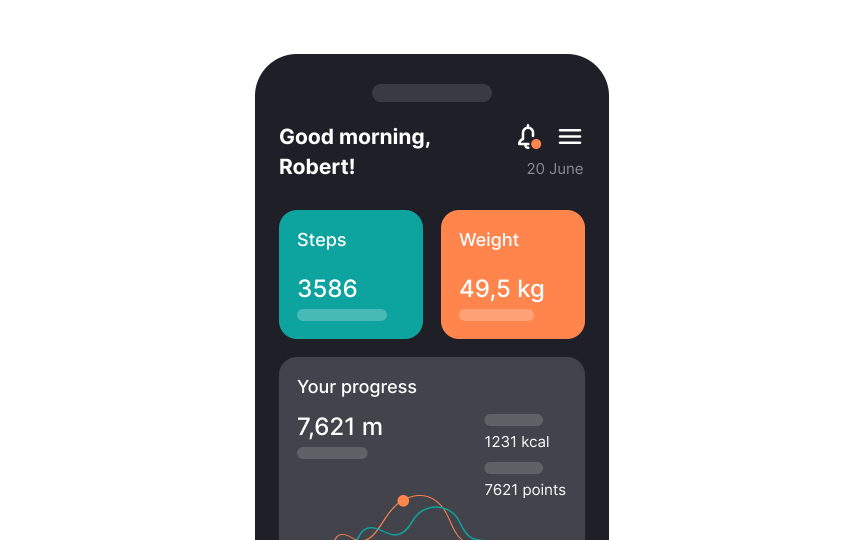Choose consistency to support spatial memory
Adaptive interfaces change based on user behavior, which can be confusing because the interface might look different each time. This constant change forces users to remember new layouts and options regularly, which can be overwhelming and make the UI harder to use. Instead of adapting too aggressively, it's better to keep a consistent layout where users know where to find things. For instance, if a menu constantly shifts its items based on what you click most often, you might struggle to find less frequently used options when you need them. Keeping a stable menu layout where everything remains in a predictable place helps users build spatial memory, making for a smoother, more enjoyable user experience.
However, adaptive interfaces can be particularly effective in interfaces where spatial memory isn't as crucial. Take an e-commerce website for example, it could display personalized product recommendations based on users' browsing history or past purchases. So while consistency can be user-friendly, there are scenarios where adaptiveness can enhance the user experience.


